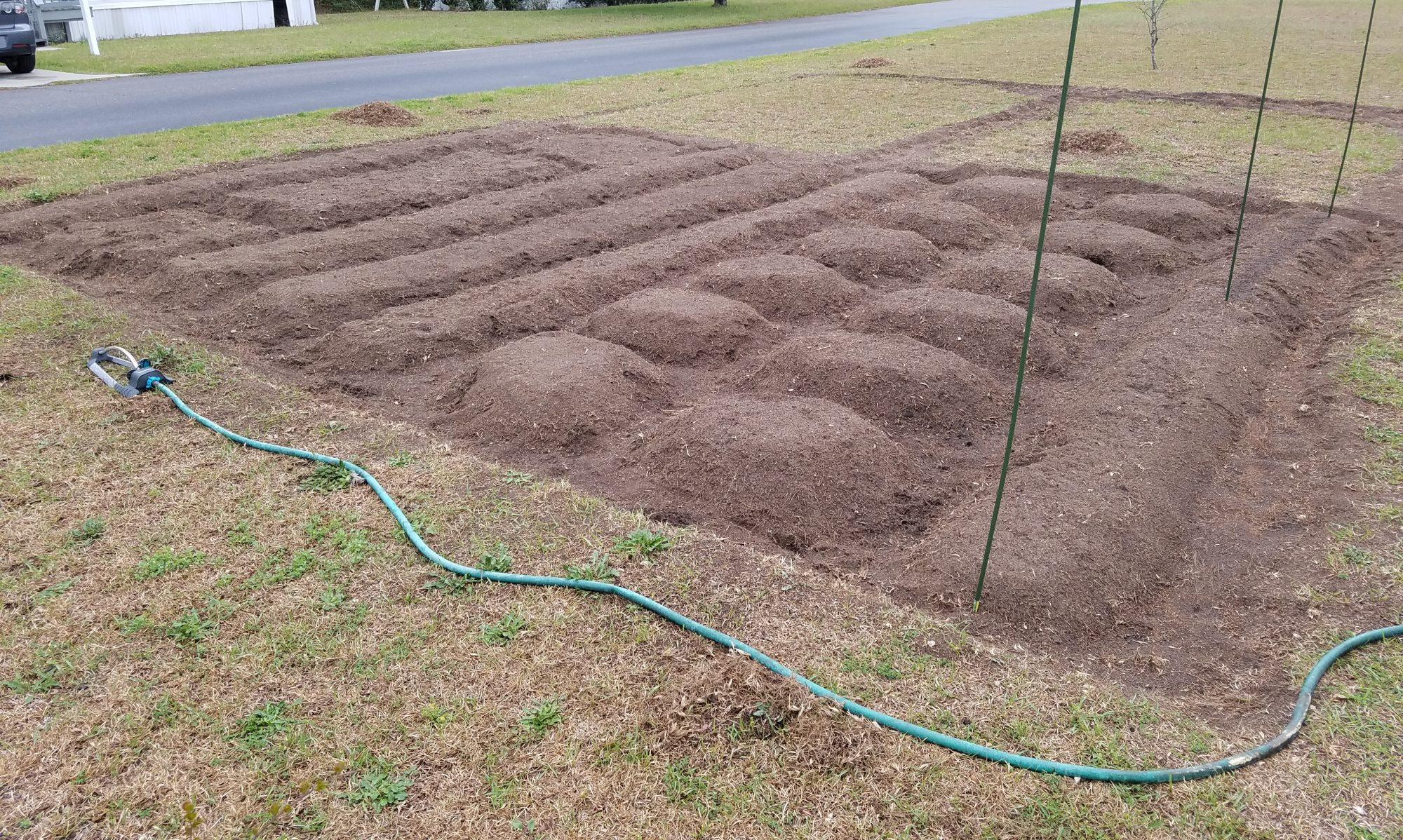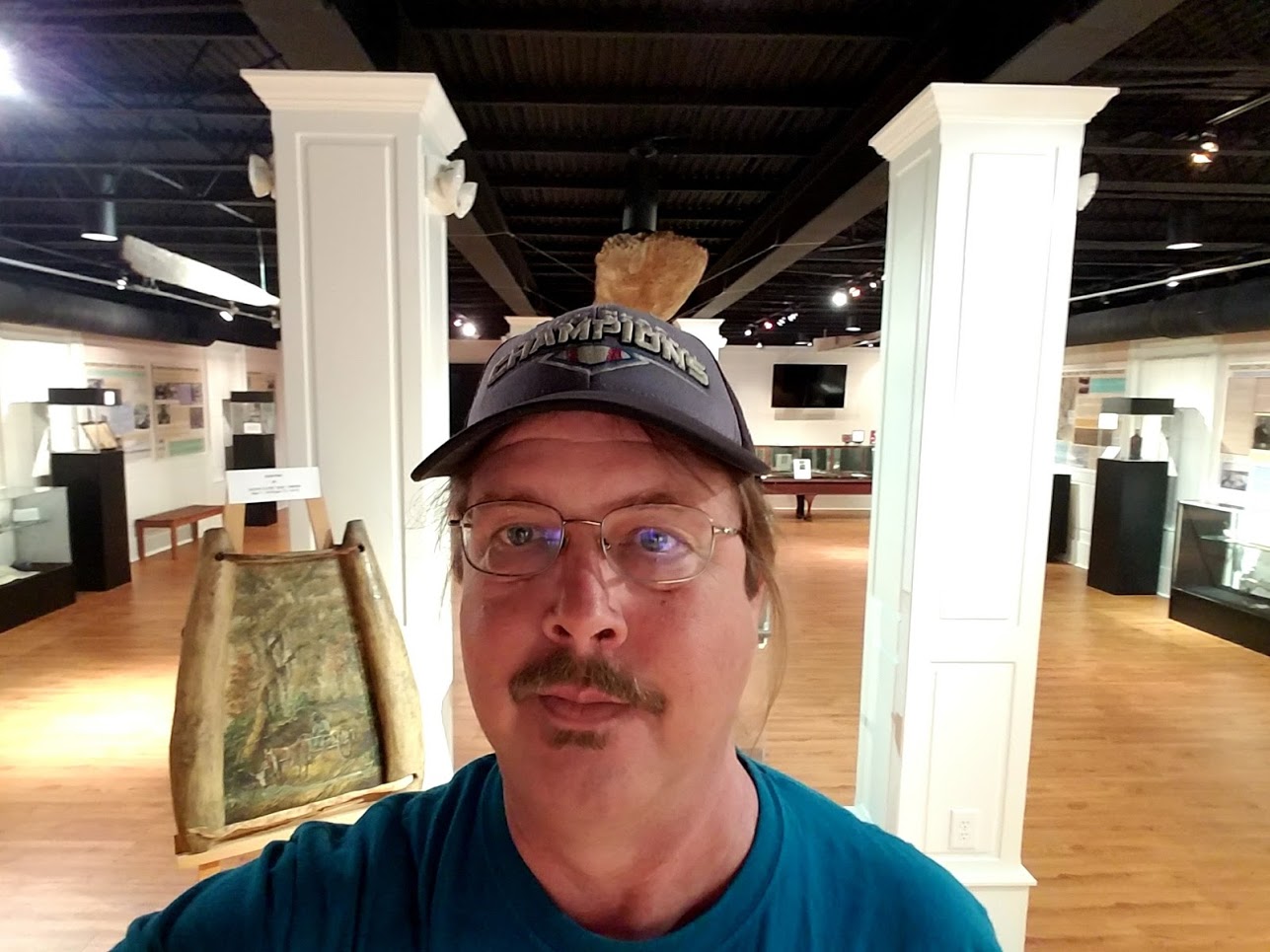DCochran
HIST395_01_FALL17
October 18, 2017
Dr. Mary Kate Clary
Visit to Third City Established in South Carolina Anglo-Saxon History
My morning consisted of waking up, drinking coffee, showering, dressing and heading off to a Doctor’s appointment first with the trip to Georgetown County second for a Saturday outing of learning and “adventure.” The ‘King’s Highway’ was a bloody nightmare to transverse in my Nissan Versa Note which was decked out in my Coastal Carolina University emblems and keepsakes’ stickers. After an hour and half, 30 some odd mile trip, I parked my Note in the adjoining parking lot to a building labeled 120 Broad Street, Georgetown, South Carolina 29440 (Phone number: 843.545.7020).[1] If you need, you can follow the building around to parking on the left-hand side of the museum.
This was not the first time I visited the museum, that has moved from the Georgetown County Library to the “current climate controlled building to protect our collection of artifacts that tell the story of Georgetown County and its rich, diverse, historhy [sic].” [2]
“Georgetown was the third city established in South Carolina,” and the residents are proud of this and other facts that anyone can learn about by visiting the two-story building in downtown Georgetown.[3] What was founded in 1955 by a membership of 72 as the “Historical Society” with only “display cases located in the Georgetown County Library” has expanded due to membership dues and various grants from historical establishments to be education center that displays many of the traits our History 395 class has examined. There are monthly events that bring different educational presentations on the first Tuesday of each month at 5:30pm in the Museum. The building has easy access from the parking lots or Broad Street as one walks down from the street parking spaces that do not require parking fees like Myrtle Beach taxes for public access. Georgetown on any weekend is a welcoming and inviting area for a family adventure of any age group. There are many adequate eating establishments surrounding the downtown where the museum exists. However, food and drinks are not allowed in the museum.
Someone, either the curator or assistant or volunteer, will greet you upon entry and ask if you want a guided tour, and to sign-in to the guest registry. I regret that I did not take the volunteer up on a guided tour. I should have allowed for the “full experience” of the museum. I did examine each item in the multiple sections that were delegated for various time-line events. Left or right turns once you enter the museum’s large open room does not matter regarding what you can learn; however, if you want to do the exhibits chronologically, then turn left at the entrance to the hall. With a left turn, the visitor learns of the natives that lived in the area, through the colonial revolution, throughout the 19th century development from indigo to rice, what history occurred during the beginning of the 20th century, and up to current Georgetown County in the 21st century. Therefore, the museum does meet its objectives of teaching the importance of the history surrounding Georgetown.
The first Tuesday of every month a different public event occurs at the museum. An event may be a lecture on the staples of Georgetown County present or past, the music of the area, and this past October 3rd there was an exhibit on “Archeology of The Art Plantation,” and on November 7th, David Soliday will present “Aerial Views of Abandoned Rice Fields in the Lowcountry;” all free of charge (donations are appreciated). These are all excellent examples of Public History in practice.
As you leave, or enter, the museum, you see a gift shop of Lowcountry wares, art, and books as they relate to the surrounding area. Of note, there is only one copy left of The History of Georgetown County, South Carolina because I purchased the 2nd to last edition of the 565-page book written by George C. Rogers, Jr. [5] There are other books to purchase. When visiting an interesting museum there are always additional educational materials that I may purchase to get a broader experience. Rogers has complied an exceptional well cited secondary source that any local historian would use for their first reference point of the “Prince George parish” which became known as Georgetown County. The sale of items enriches the experience of the visitor with additional studies, if so inclined. Again, another part of Public History in gaining/teaching public interest associated to the event/museum/presentation.
Currently, the Maritime Museum is under reconstruction, and not open to the public. Therefore, you can visit the Rice Museum at a cost of $7.00 for adult, children and seniors are discounted, or the free Georgetown County Museum to gain cultural information when visiting Georgetown, South Carolina. I much prefer the County Museum, and look forward to making a trip down for a 1st Tuesday activity.
A well-lighted first floor small museum that exhibits many of the traits we are learning about in Public History. The panels which are relative to specific times or events give the visitor a glimpse into the history of the north-eastern corner of what became South Carolina. A visitor can read from primary source documents contained in climate controlled glass cases. If you stand correctly, the lighting does not shine too much glare on the display cases. The room is fine to accommodate a group of ten very well, and (while I have never seen it) 100 plus folks visiting the building would not feel too crowded. If they added some audio history with headphones, to expand on the subject matter it would get a 10 out of 10 in my grade scale. The Georgetown County Museum is well worth the trip to visit as a sole destination or a multiple destination trip to the third city established by the French, English, Jewish, and Scot individuals that settled here in the 18th century. [7]
Bibliography
Cochran, Daniel S. “Continental Congress’s Declaration of Independence – July 2, 1776.” Google Photos, October 14, 2017. https://photos.google.com/photo/AF1QipNIpskN0CGP8-UBC-4Qe4qfKxIbzVNv4GvzhuJH?hl=en.
———. “Daniel S Cochran @ Georgetown County Museum.” Google Photos, October 14, 2017. https://photos.google.com/photo/AF1QipNjytcrh4mJZgiz8NXV1TqG7WjHcZBZIL3FduZe?hl=en.
———. “Georgetown, South Carolina 3rd Town in Colony.” Google Photos, October 14, 2017. https://photos.google.com/photo/AF1QipOqoxfjQd08BWgd-LwMczAfizgeYHvpRtgy-vNu?hl=en.
———. “Google Map Georgetown County Museum in South Carolina.” Google Photos, October 14, 2017. https://photos.google.com/photo/AF1QipNDwcdMz6pRPlPaaN-IlyFdTcx1FKGgtml2HZnv.
———. “Pamphlet for Georgetown County Museum – 2017.” Google Photos, October 14, 2017. https://photos.google.com/photo/AF1QipPjIQ6lWEk6huUInCE-5VXj1NFZsNPEyusCG_5N.
Rogers, George C. The History of Georgetown County, South Carolina. 1st edition. Columbia: Univ of South Carolina Pr, 1970.
[1] Cochran, “Google Map Georgetown County Museum in South Carolina.”
[2] Cochran, “Pamphlet for Georgetown County Museum – 2017,” middle back of tri-fold.
[3] Cochran, “Building SC’s Third Town.”
[4] Cochran, “Find Thomas Lynch Jr’s Signature.”
[5] Rogers, The History of Georgetown County, South Carolina.
[6] Cochran, “Daniel S Cochran @ Georgetown County Museum.”
[7] Rogers, The History of Georgetown County, South Carolina, Chapter 3.


I am pleased with the MS Word 2017 cut’n paste into this version of wordpress, finally without that f’n coding of citations.